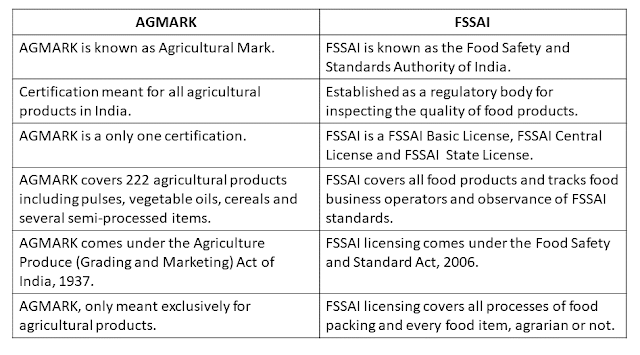Control Panel And Its Components
Control Panel And Its Components Control Panel A cabinet containing a collection of electrical components designed to control and protect equipment and devices. Basically the control panel shortlists the given point like power rating of the device, incoming supply, explosion proof category, usage of the device. A control panel is a cabinet that contains electrical components for controlling motors and equipment. In simple terms, a control panel is a combination of electrical devices that use electrical power to control various mechanical functions of industrial equipment or machinery. Control panels control and monitor many mechanical processes. Control panels are used to accommodate equipment for measurement, monitoring, protection, detection, control and process management purposes. The panels are located in the control room as well as in the field known as local control panels for operational convenience. The design of the control panel is based on the type of energy and mobility. P...


